Ave Maria V: Toledo
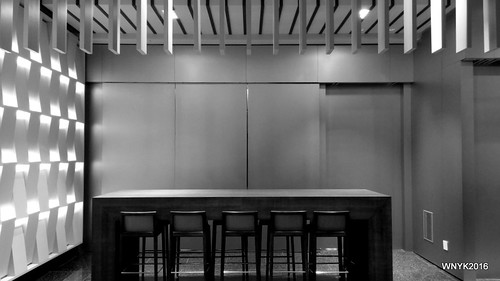
Breakfast buffet at Marriott was quite good with a wide selection of fruits, pastries, cold cuts and cheeses. Of course they had the usual hamster food station as well. And the walls were lined with Nespresso machines. A local guide was arranged for our tour of Toledo and Madrid. Her name was Goncha and she met us at the hotel. Started out towards Toledo which was about an hour out of town, passing through many furniture factories and olive orchards. She spoke in a lazy, slurred manner prompting many of us to have an early siesta (nap).
Toledo was the capital of Spain approximately 1000 years ago before the nobility moved to Madrid. The old city is unique because it was a community of Christians, Muslims and Jews. But that changed during the Spanish Reconquest when Catholicism was proclaimed as the official religion and those of other faiths were asked to convert lest they be expelled. In 1986, Toledo was declared a UNESCO heritage site for its cultural and monumental heritage. Before entering the old city, we were brought to a vantage point in the hills to have an overall view. From there we could see that Toledo is built on a hill with the Tagus river running beside it. Two gated bridges traverse the river providing secured access to the city.
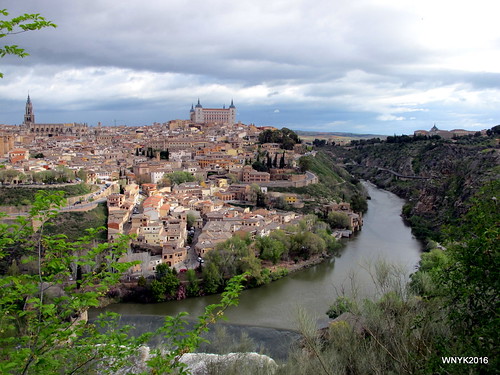
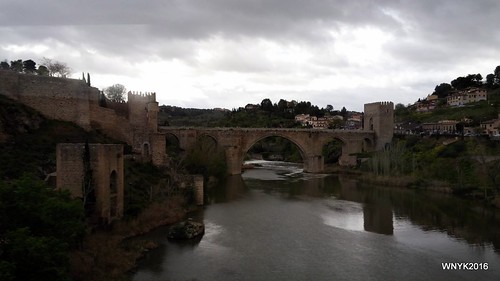
Before entering the city, we had a comfort stop at a damascino workshop where artisans work gold and silver wire into stainless steel, creating intricate work of art. Toledo is also famous for its swords, so a variety of blades were also sold there. Unlike in Salamanca, we didn't need to climb the steep cobbled streets, instead an escalator was available. We traversed four flights of steps before popping up in Toledo. It was so windy up there that several scarves and hats went flying upon arrival.
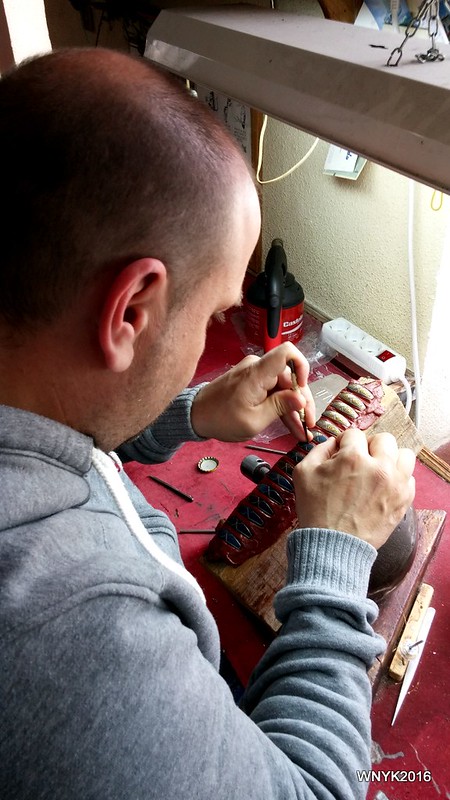
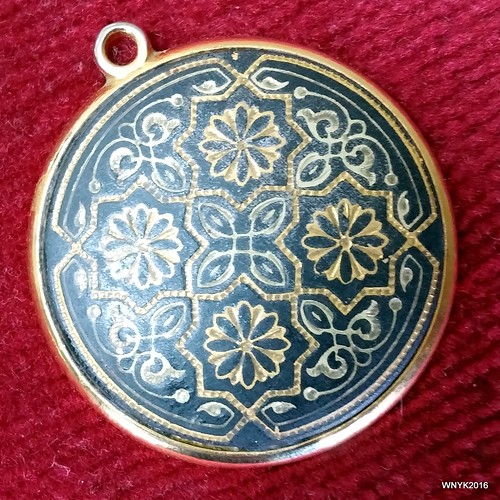
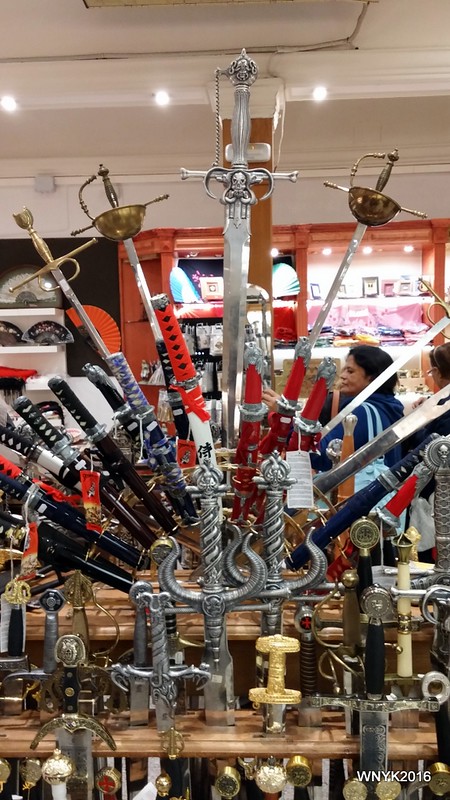
In Toledo, the buildings are all close together separated by narrow cobbled streets. The streets are lined with studded doors and the buildings are mostly brown in colour. Many buildings retained Moorish influences as Toledo was conquered by the Arabs in the 8th century. The first point of interest was the Toldeo Cathedral that was missing one tower due to lack of funds. A wedding reception was going on nearby and there was a whole bunch of guests in the square all dressed to the nines.
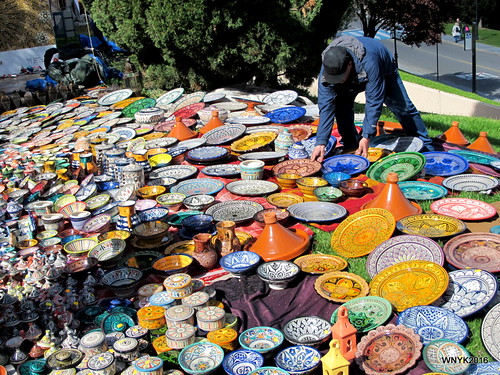

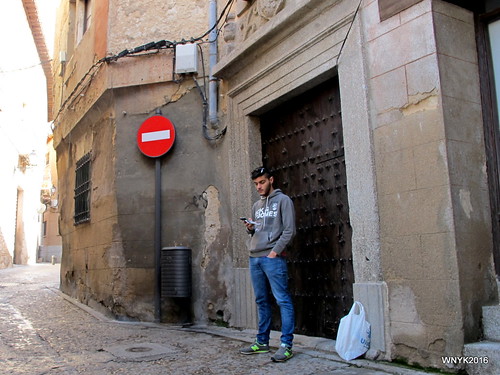

Walking on, we arrived at Santo Tome to view the famous painting by El Greco-- "The Burial of Count Orgaz". Goncha explained how he incorporated the faces of his wife and son into the painting and even a self-portrait. His technique was also excellent for the time being able to paint a transparent alb for the priest and polished armour for the body of the count. Unfortunately, we were not allowed access to the other parts of the church nor take any photos.
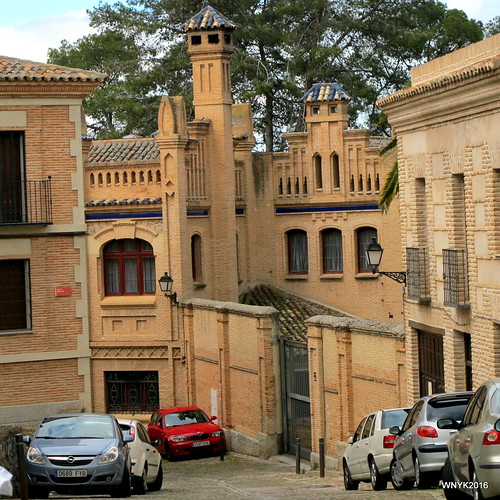
Just a few steps from the church was the Jewish Quarter. Very easy to tell because small tiles with Hebrew can be seen on the floor and the walls. Passed by Santa Maria La Blanca, a synagogue that was converted into a Catholic church. Another interesting view was Monasterio de San Juan de Los Reyes with chains and manacles adorning the walls to remember the Catholic prisoners who were freed during the Spanish Reconquest.
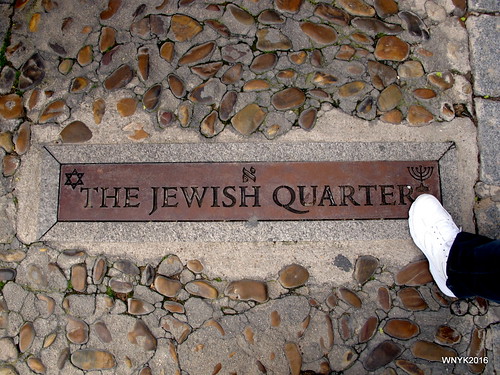

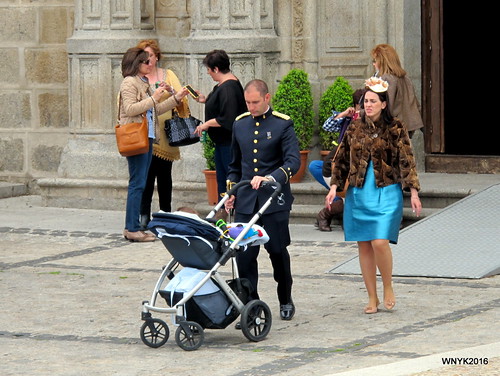

Right after that we walked to our lunch venue at Restaurante Museo de Productos de Castilla-La Mancha where we hit the salt mother lode of Toledo. The vegetable soup that we were served was so thick and concentrated that the thick bread was no match against the saltiness. Dilution didn't help. Seafood Paella followed and I suspect it was prepared with the same brine broth. Some aunties went to the extent of pouring red wine into the dish!
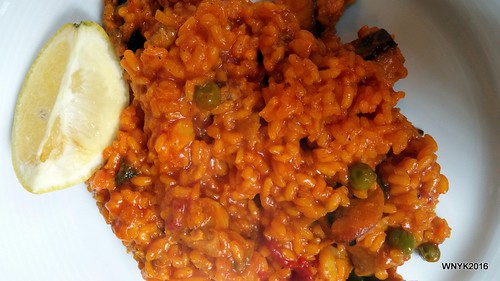
To exit Toledo, we walked out via the Bridge of St. Martin. From there we got a beautiful view of the Tagus River. More adventurous people crossed the river via flying fox! While walking across the bridge, we spotted two pairs of newly-weds having photography sessions.


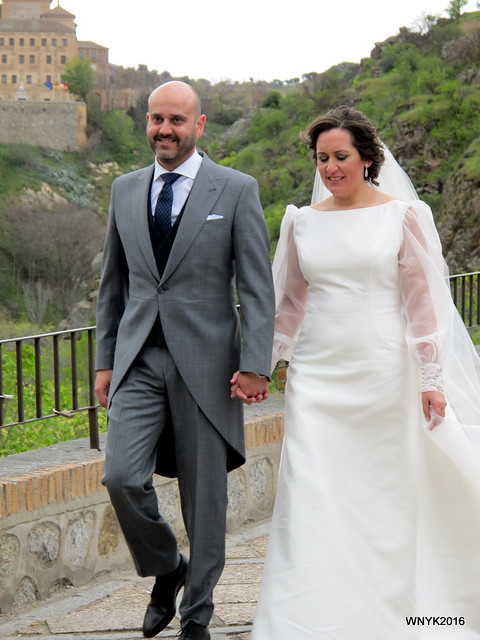
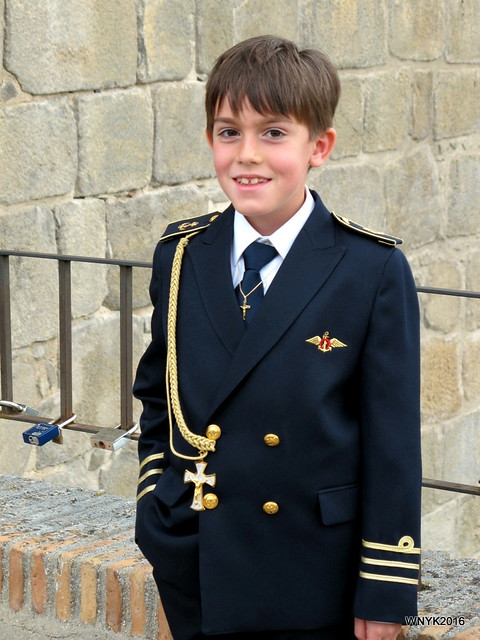
Back in Madrid (it had started to rain), we visited the Palacio Real de Madrid, the Royal Palace of Madrid. It isn't the official residence of the king, but still used for official functions (if he' s in, his standard would be flying). All in all, we viewed twenty rooms furnished opulently with precious clocks and extravagant chandeliers. Since the Spanish Kings were related to the French royalty, it was modeled after the palace in Versailles. The throne room was amazing with frescoes showing the riches and culture from all the past Spanish colonies, e.g. America, Philippines, Africa, etc. Unfortunately, no photos were allowed in the palace. Outside the palace is the Plaza de la Armería, a square which borders the Santa María la Real de La Almudena cathedral.


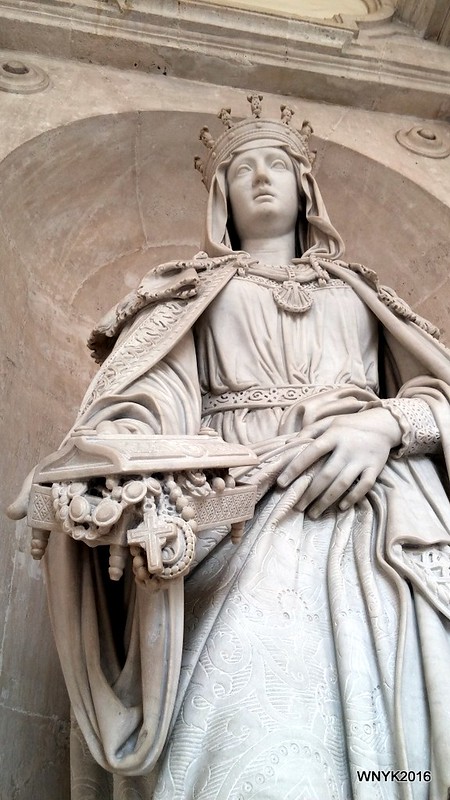
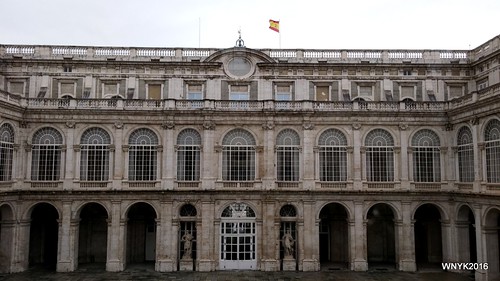
Mass was celebrated in the city at Parroquia Buen Suceso, in a little chapel. After days of bread and soup, we had Chinese food at China King. A comforting atmosphere of Chinese dining with Hong Kong tourists complaining at the top of their voices. Chatted a while with the waitress and she revealed that their usual dinner time rush hour was from 9:30 PM till midnight. Happy Hour before food perhaps? Since our hotel was quite isolated, we just stayed at the hotel in evening.



Comments